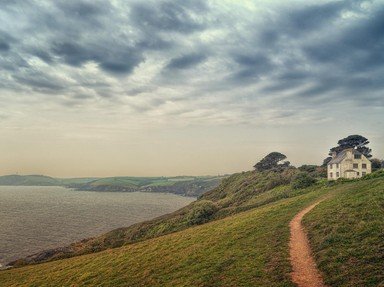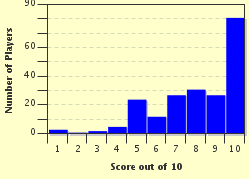Quiz Answer Key and Fun Facts
1. Cornwall lies to the west of Plymouth, separated from it by the River Tamar. There are several ways you can cross the Tamar, including the Torpoint Ferry, the Saltash Bridge and the railway bridge. Who built the latter?
2. Devon and Cornwall both had Stannary Towns. With what industry were they specifically associated?
3. Several famous artists are associated with Plymouth. One of them, who was born there in 1723, was the first President of the Royal Academy and was knighted in 1769. Who was he?
4. Which polar explorer was born in Plymouth?
5. Which of the following famous footballers was born in Plymouth?
6. Plymouth is a garrison town, described by Nikolaus Pevsner in 1952 as the only British city whose existence is founded solely on war. It's not true today, but the city is certainly defended on all sides by a variety of forts. In the 19th century forts were built as part of the large scale fortification of the entire coast. Which Prime Minister ordered their construction?
7. Burgh Island is a tidal island in Bigbury Bay, just to the east of Plymouth. It's a fascinating little place that you can walk to when the tide is out, or there is a 'sea tractor' to take you when the tide is in. There is an Art-Deco hotel on the island which has played host to many famous people. Which author was inspired by the island and used it in her books?
8. Buckland Abbey is the property once owned by Sir Francis Drake. You can visit it near Yelverton, on the South West edge of Dartmoor. It belonged to his family (descended from his cousin Richard, as Drake had no children) until 1946, and it now belongs to the National Trust. Which priceless artifact does it hold?
9. What is the claim to fame of William Cookworthy?
10. Plymouth has a football team known as the Pilgrims. What is its correct name?
Source: Author
invinoveritas
This quiz was reviewed by FunTrivia editor
stedman before going online.
Any errors found in FunTrivia content are routinely corrected through our feedback system.

